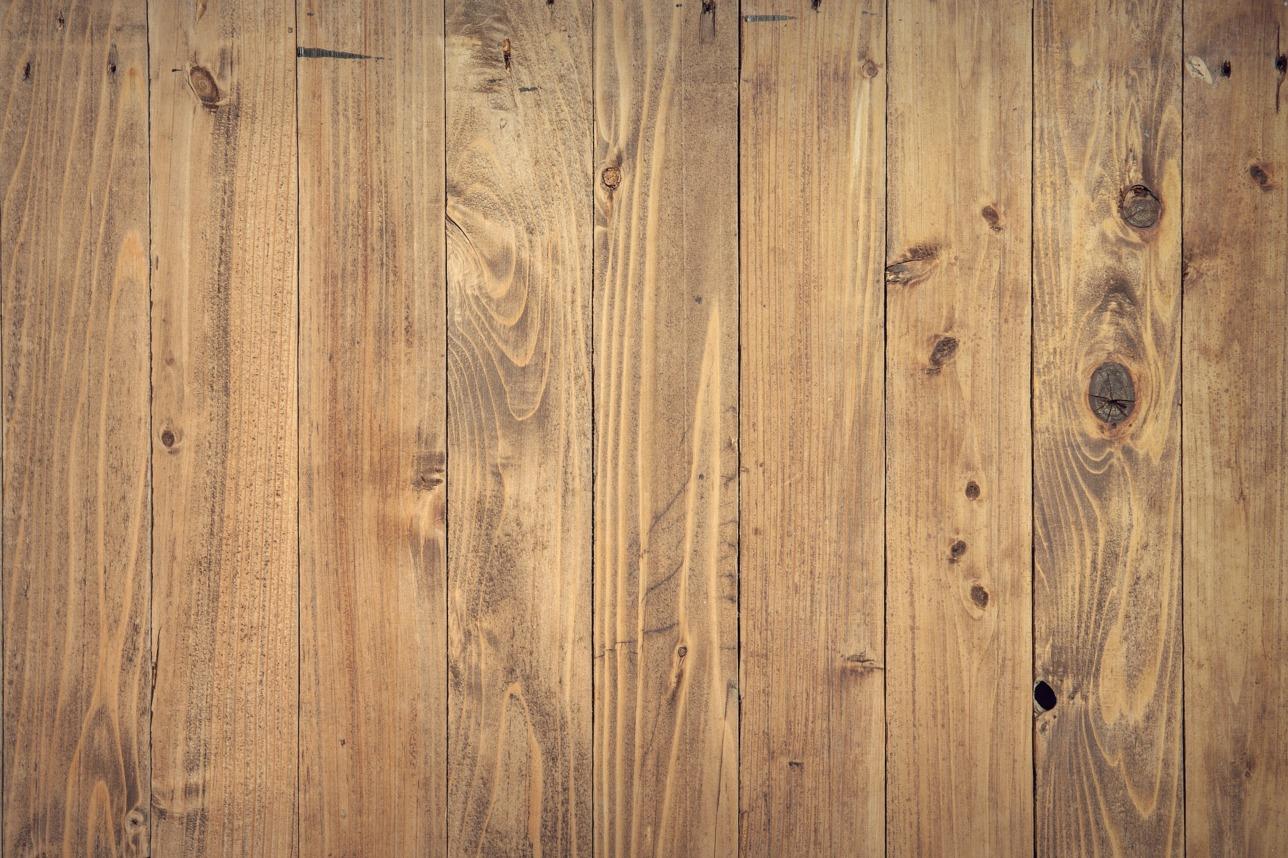
4 minute read
Flooring 101
from DIGS 2024
by fernfriend
By Ryan R. Ennis
Flooring 101
FLOORING IS MORE THAN JUST A SURFACE TO WALK ON: IT ESTABLISHES THE ATMOSPHERE OF A ROOM AND EXPRESSES YOUR SENSE OF STYLE.
With a plethora of options available, you may feel overwhelmed about which ones to choose when remodeling your home. To help with the decision-making, you should take a close look at the distinct characteristics, advantages, and drawbacks of each type:
HARDWOOD: Timeless and elegant, hardwood flooring adds sophistication and warmth to any room. Because of its durability, it can be refinished multiple times. Two disadvantages are its susceptibility to both scratches and water damage. Regular cleaning, with products formulated for hardwood, is required to maintain its shine and appeal.
LAMINATE: Less costly than hardwood, laminate flooring is manufactured with a photographic layer to resemble wood, tile, or stone. The benefits of laminate flooring are that it is easy to install, durable, and resistant to scratches and fading. It can withstand the high traffic of adults, kids, and pets. However, if sections of it break or suffer damage, the surfaces cannot be refinished: they must be replaced.
VINYL: Versatile and economical, vinyl flooring comes in a variety of styles, which include sheets, tiles, and planks. It holds up to moisture and heavy traffic. It is also easy to clean and feels comfortable underfoot. Modern vinyl flooring can be made to look like hardwood, vinyl, or stone. A drawback of vinyl is that it cannot be repaired if damaged. Two other disadvantages are difficulties trying to remove it and challenges trying to find a facility that will recycle it.
TILE: Like vinyl, tile flooring offers endless design possibilities. Some of its easy-to-clean popular styles are ceramic, porcelain, and natural stone. It resists damage from moisture and heavy traffic. However, it can be cold underfoot and may require periodic resealing to maintain its appearance.
BAMBOO: Sustainable and easy to recycle, bamboo flooring has gained admiration in recent years for its natural beauty. Other factors increasing its popularity are that it is naturally resistant to damage from moisture and insects. Some drawbacks are that it can scratch easily and fade in direct sunlight.
CORK: Like bamboo, cork flooring is sustainable and eco-friendly. Made from the bark of cork oak trees, it feels soft underfoot, resists mold and mildew, and provides excellent thermal and sound protection. However, it is not as durable as hardwood, so homeowners must take precautions to ensure it does not become dented or scratched.
CARPET: If you seek the ultimate in softness and coziness, then carpeting will be your choice. It is available in a wide range of colors, patterns, and textures to suit your taste. It provides warmth and sound insulation. Carpeting works well in bedrooms, living rooms, and other rooms in the house where comfort takes precedence over durability. The downside of carpet is that it can act as a trap for dust, mold, and other allergens, creating problems if you or your family members suffer from respiratory issues.
CONCRETE: A sharp contrast to carpeting is concrete flooring. Industrial yet stylish, it may appeal to your appreciation of modern aesthetics. With decorative treatments like staining, stamping, or polishing, concrete floors can be customized to go with any design scheme. On the positive side, concrete flooring is strong, low-maintenance, and suitable for both indoor and outdoor uses. On the negative side, because concrete is such a hard surface, you could sustain a serious injury if you were to slip and fall on it. Another problem is that items dropped on concrete tend to crack or shatter.
Choosing the right flooring for your space depends on various factors, such as budget, lifestyle, and design preferences. By understanding the characteristics of each type of flooring, you will know which ones will enhance the beauty and function-ality of your home. Most design experts will recommend that you get plenty of flooring samples from home improvement sources and see which colors, grains, and patterns complement the interiors you are modeling. They will also say to give yourself time to make your decisions.













